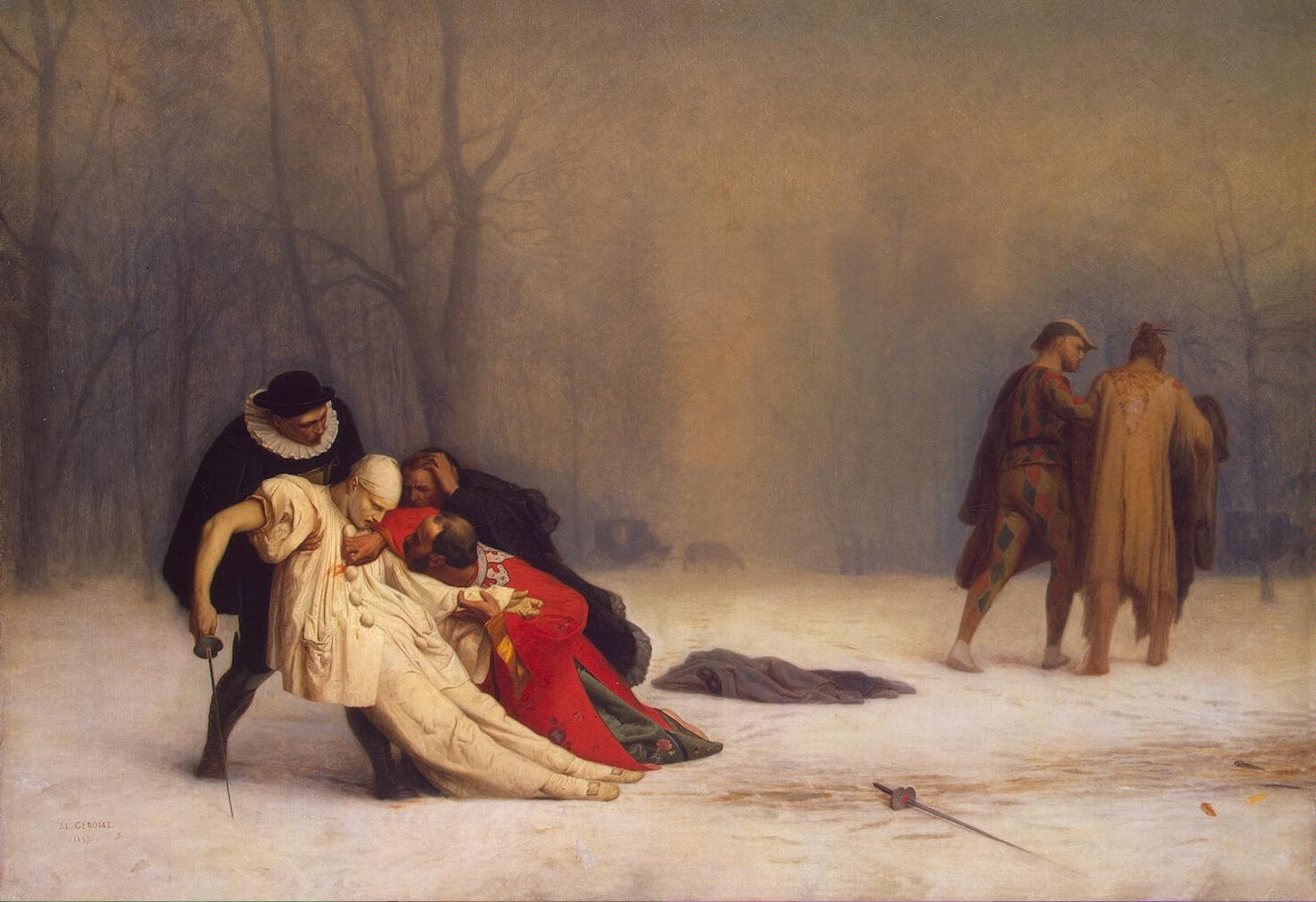
The locals don't bother saying or writing the Saint in St. Petersburg, so neither will I. Petersburg was wonderful. It's called the Venice of Russia because it was all designed by French and Italian designers and architects in the early 1700s, was Russia's capital for the last 200 years of czarist rule, and has many canals.
Those canals and the Neva River which runs through the middle of the city were all completely frozen when we arrived which was nice for commuters because they didn't have to walk all the way to the bridge - they just crossed wherever was most convenient. We could tell it was spring time because fewer people walked on the ice and more people started using the bridges.
The city is quite magnificent and all the buildings that were neglected under Soviet rule have been well restored. The Hermitage was one of the highlights - we stood around for about 45 minutes before the museum opened (based on advice from some other travelers) and that paid off - the line to get in was many hundreds of people long, all day long. We spent a full day and could have spent even more time inside. The picture posted with this blog entry was one of our favorites: Duel After a Masquerade Ball.
We saw more museums and palaces and our last day was set aside to see the Museum of Combat Engineers and Signal Troops after the Vodka Museum. The Vodka Museum wasn't open (even though it was supposed to be) so we walked over to the Field Artillery Museum (many Russian museums have more than one name, including this one).
We stood in line with about ten other people waiting for it to open, for over an hour. We could see people walking around inside, but Russia being a non-service-oriented society, no one ever approached us. Additionally, I think the museum is staffed by military personnel, so they were extra unhelpful.
Some people just wandered off and then we and the remaining line members walked over to the employees' entrance to try and get in. An old guy sitting in a booth made an "X" with his arms and some people with us translated saying the museum was closed that day. The Russian-speaking people with us said the museum should have updated it's website, or at the very minimum, put up a closed sign on the front gate. The old guard shrugged, lit a cigarette and went back to reading his newspaper.
So we wondered back to the vodka museum and it was open. We got all kinds of interesting tidbits, but I think my favorite was how the czar got Dmitri Mendeleev (the inventor of the periodic table of elements) to spend a year of his life determining the best tasting water to alcohol ratio for the perfect vodka. The answer is 37.5% alcohol, but most producers round it to 40%. Genius applied!
After a three shot tasting with traditional food pairings (pumpernickel bread with mustard and pork fat, pumpernickel bread with pickled herring, and dill pickles) we headed off to the airport, nicely buzzed. In case you're wondering, the pickles were the best.


